Discover 9 hidden attractions, cool sights, and unusual things to do in Lawrenny (United Kingdom). Don't miss out on these must-see attractions: Carew Castle, Carew Tidal Mill, and Benton Castle. Also, be sure to include Upton Chapel in your itinerary.
Below, you can find the list of the most amazing places you should visit in Lawrenny (Wales).
Table of Contents
Carew Castle
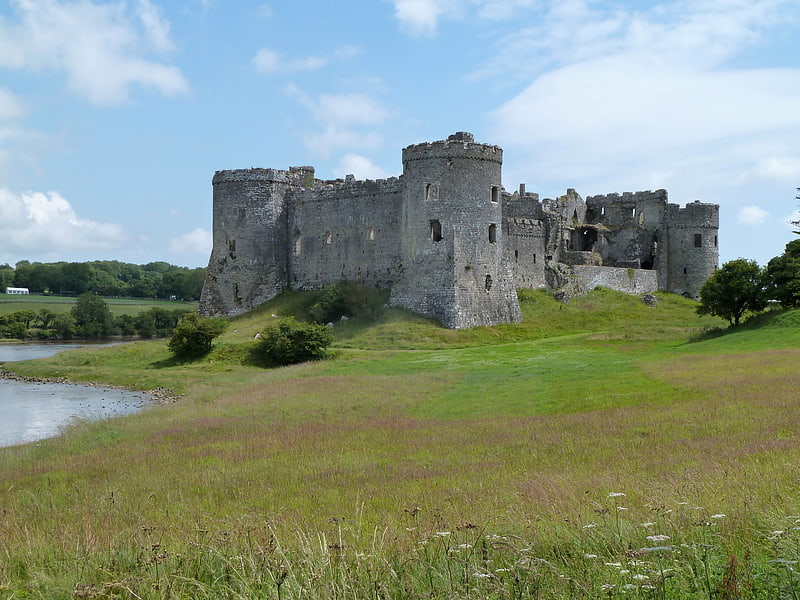
Ruined castle overlooking a tidal inlet. Carew Castle is a castle in the civil parish of Carew in Pembrokeshire, Wales. The famous Carew family, who take their name from this site, still own the castle and lease it to the Pembrokeshire Coast National Park for administration.[1]
Address: Castle Lane, Lawrenny
Carew Tidal Mill
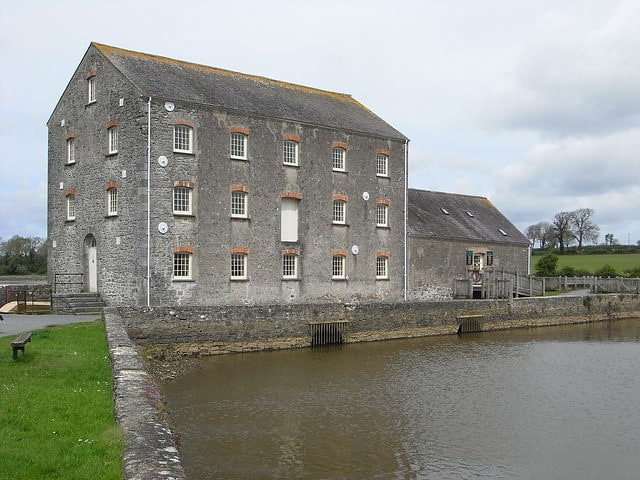
Museum in Carew, United Kingdom. Carew Tidal Mill, also called the French Mill, is a corn mill in Pembrokeshire, Wales, powered by tidal water. It was built around 1801 just west of Carew Castle, and replaced a much older mill in the same location. The mill pond fills through open flood gates as the tide comes in. The gates are closed at high tide, and the pond drains through sluices under the mill as the tide falls, driving two undershot water wheels. It is the only intact mill of this type in Wales. It was abandoned in 1937, was restored in 1972, and now houses a museum.[2]
Benton Castle
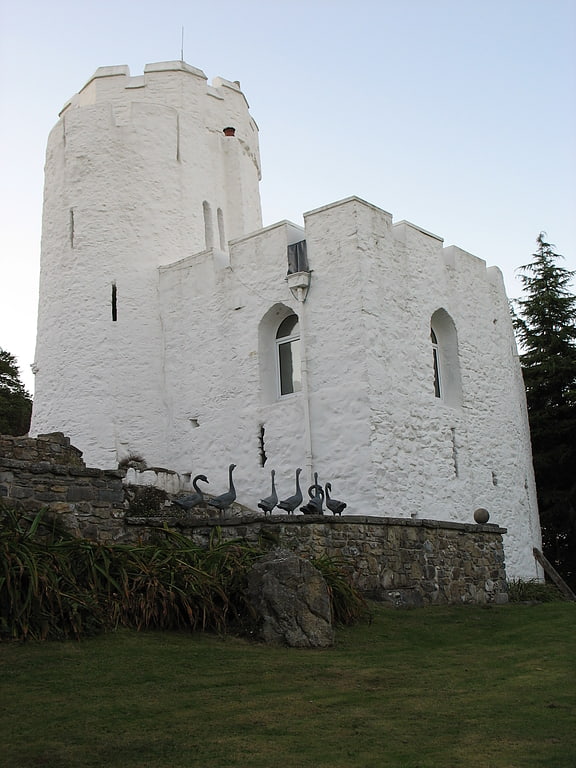
Benton Castle is a small fortification in the community of Burton, Pembrokeshire, Wales, now in use as a private house, in a wooded area overlooking the Cleddau river.[3]
Upton Chapel
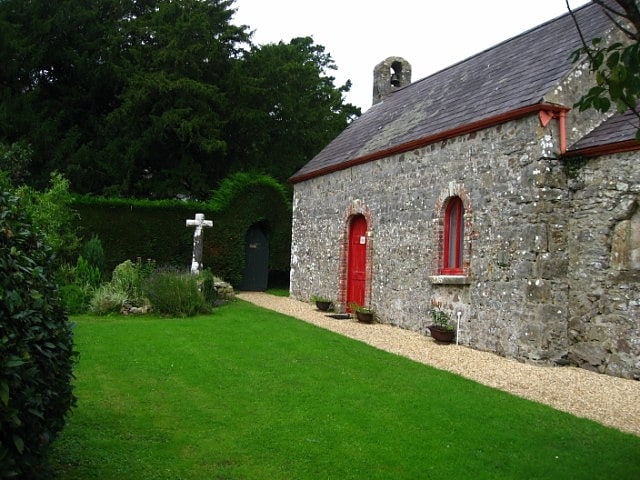
Building in Wales. Upton Chapel, close by Upton Castle, near Cosheston, Pembrokeshire, is dedicated to Saint Giles and is a Grade I listed building. Dating from the 12th or 13th century, it consists of a small nave and chancel. Amongst the memorials in the chapel are the effigies of William Malefant wearing chain mail and another of a female member of the Malefant family. There are several memorials to local families. There is a small piscina and a Jacobean pulpit. The masonry walls are from local rubble stone. The roofs are slated with tile ridges and there is a bellcote at the west end. The interior was restored in 1978 by the owner of the castle.[4]
Carew Cross
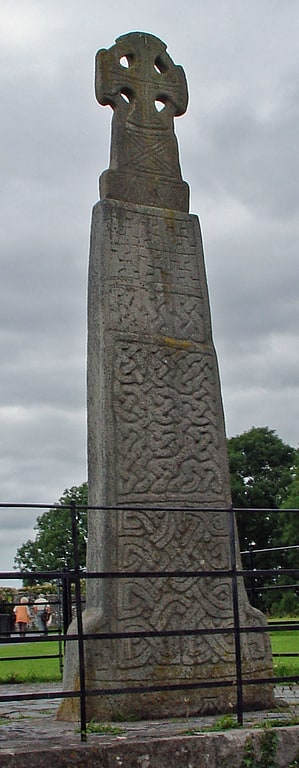
Carew Cross is an 11th-century Grade I listed monument in the village of Carew, Pembrokeshire, Wales.[5]
Cresswell Castle
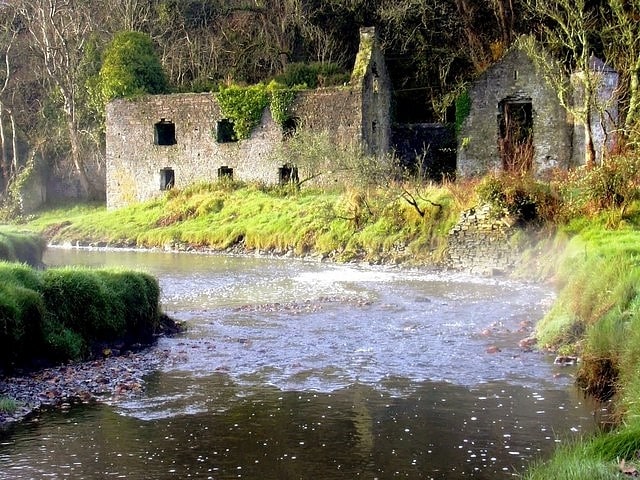
Cresswell Castle is a castle half a mile north of the village of Cresswell Quay, Pembrokeshire, west Wales. It is situated on the banks of the River Cresswell in what is currently private land. The buildings were originally a 13th-century stone fortified manorial complex, founded by the Augustinian Priory of Haverfordwest.[6]
St Decuman's Church

Church in the Rhoscrowther, Wales. St Decuman's is a Grade I listed building in Rhoscrowther, Pembrokeshire, Wales.[7]
Big House
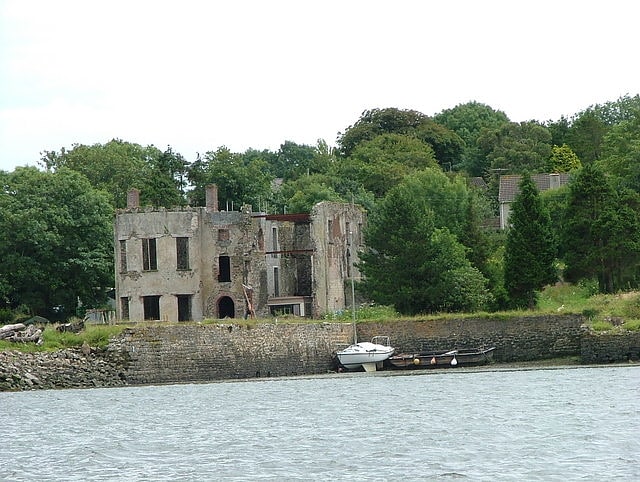
Building in the United Kingdom. The Big House, also known as Landshipping House, is a historic house on the banks of the River Cleddau in Landshipping, Pembrokeshire, Wales.
The house was originally built in 1750 and owned by the who were the Landshipping Coal Agents. It was constructed using stone and roof materials from an older, ruined inland mansion. This building would have been a simple rectangular design with an entrance facing south-west, before several alterations occurred. The final alterations occurred in 1830 by architect William Owen. Owen added a third storey to the western wing and moved the entrance to the North façade, between two bows that were added at the same time to look out over the River Cleddau. His design was inspired by Slebech Hall and Picton Castle. The house remained occupied until the late 1800s when it fell into disrepair and by 1890 it was a ruin. However, the cottages at the rear remained lived in until the 1970s. In 1922 the Landshipping Estate, including Big House, was sold at auction.
A document from 1857 described Big House as having "Bed Rooms, Hall, Parlour, Dining Room, Drawing Room, Nursery, Library, Servants Offices, Range of Stabling, Coach House, Saddle Room & Granary Over Yard, External Walled Garden, Orchards," and a wood set in nearly 6 acres. The property is now set in about 2 acres.[8]
Burton
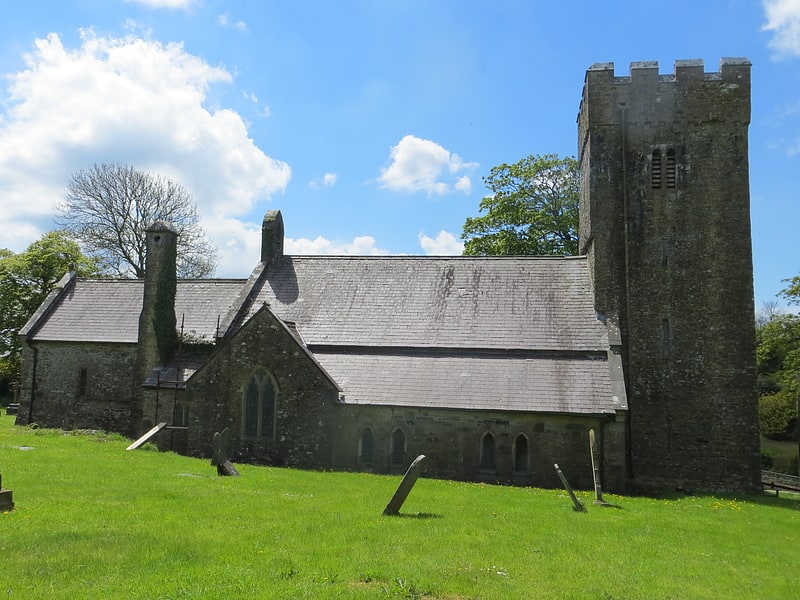
Village in Wales. Burton is a small village, parish and community in Pembrokeshire, Wales, set on a hill overlooking the River Cleddau with views of the estuary to the south, east and west. The community includes the village of Hill Mountain.[9]